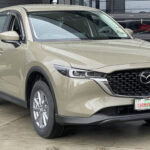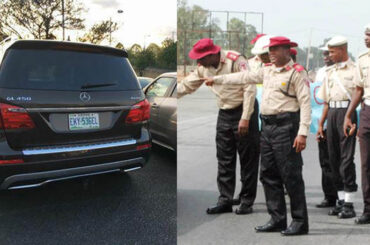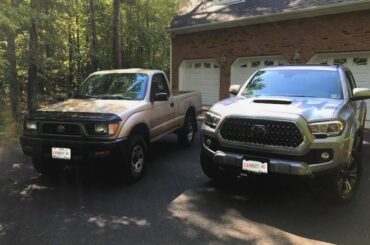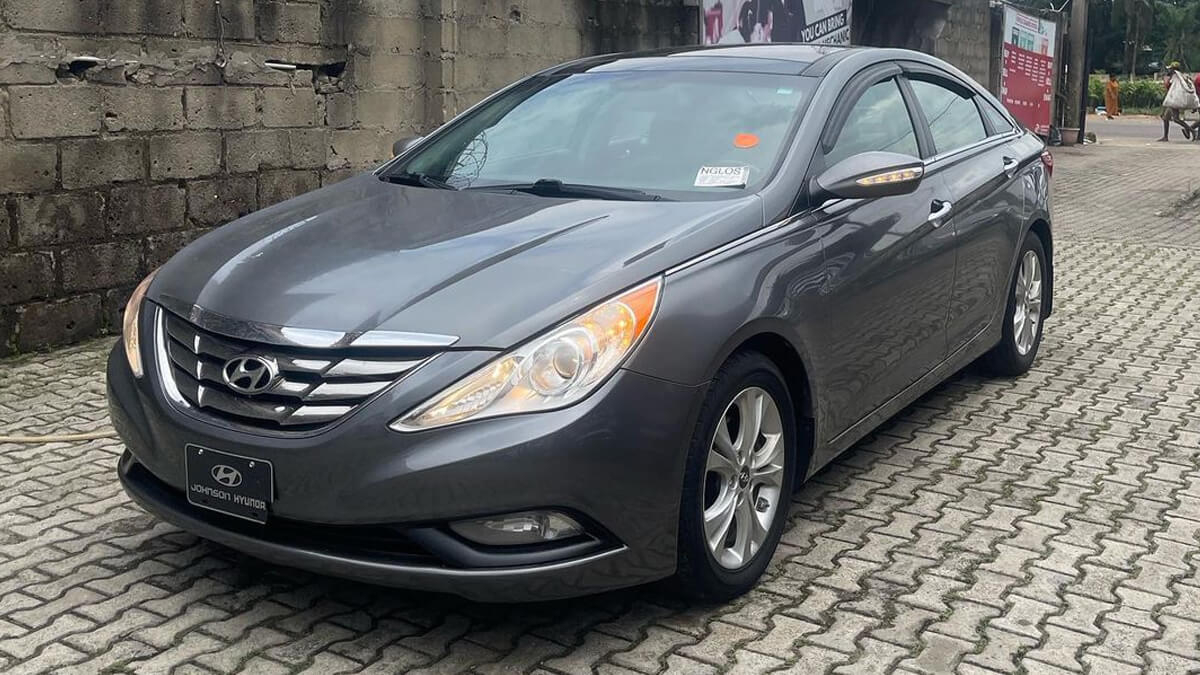Buying a car can be overwhelming, but sorting through safety ratings data shouldn’t be. While paying attention to vehicle comfort and luxuriousness, also pay attention to safety. Driving a car is risky, and knowing the vehicle has some safety features to keep you safe is essential.
Table of Contents
Let’s look at what some of those car safety numbers mean so you can choose the right car for you and your family.
What is Standard Safety Equipment?
Most new cars come equipped with standard safety equipment: seatbelts, airbags, and antilock breaks. There are some considerations to consider when evaluating different makes and models: where are the airbags located?
A safer car will have head-protection airbags that protect both the front and rear passengers in the car. All cars have front airbags, but many cars are also equipped with side airbags. Some cars even have rear-window curtain airbags designed to deploy in the event of a rear-end collision.
How Do Experts Get Frontal Crash Test Safety Ratings?
The National Highway Traffic Safety Administration (NHTSA) and the Insurance Institute for Highway Safety (IIHS) perform frontal crash testing on new cars. The NHTSA ratings measure an overall frontal crash and crashes that impact the driver and passenger separately.
It also includes an overall crash rating, which combines the frontal and side-crash results. The IIHS ratings measure the front, moderate overlap, and driver and passenger small overlap crash ratings. Overlap testing evaluates a car’s performance when part of the front strikes a barrier.
How Do Experts Get Side Crash Test Safety Ratings?
The IIHS ratings measure how a car does when it’s struck by an SUV going 31 MPH. The NHTSA breaks it down a little bit more, giving cars an overall side-crash test, which tests a car traveling at 17 MPH being hit by a car going 34 MPH. There is a score for the driver, left rear-seat passenger, and an overall score.
How Do Experts Get Rollover Safety Ratings?
Rollover safety ratings are a major concern of SUV buyers. The NHTSA tests the likelihood of a vehicle rolling over by calculating its top-heaviness and maneuverability. Its tests are broken down into a Dynamic Tip Result and a Rollover Risk, measured as percentages. The NHTSA tests 2WD and 4WD separately.
Related to the rollover safety ratings are the roof crush safety ratings. The IIHS performs this test to determine how much a roof will crush when subjected to a force four to five times its weight. A stronger roof protects occupants (especially those not wearing seat belts) from being killed in an accident.
How Effective are Car Brakes?
Brakes that work well in an emergency are one of the most important ways to avoid an accident. Two brake tests include braking from 60 MPH in both dry and wet conditions.
Do Experts Test Every Car in the Market for Safety?
Although neither the NHTSA nor the IIHS tests every car on the market, their safety ratings can offer insight into the car’s safety you’re considering purchasing.
Conclusion
Knowing the safety features and ratings of the vehicle you are purchasing is essential. Most car buyers focus on how comfortable the vehicle feels or how luxurious the inside looks. All of that does matter, but safety matters the most. Why? As a driver or passenger in a vehicle, you are already putting yourself up for risk, and knowing there are some quality safety features in your vehicle reduces the chances of severe injuries in case of any crash.
Have 1 million naira and above to Buy or Sell Cars In Nigeria? Check carlots.ng
All rights reserved. Reproduction, publication, broadcasting, rewriting, or redistribution of this material and other digital content on carmart.ng is strictly prohibited without prior express written permission from Carmart Nigeria - Contact: [email protected]







